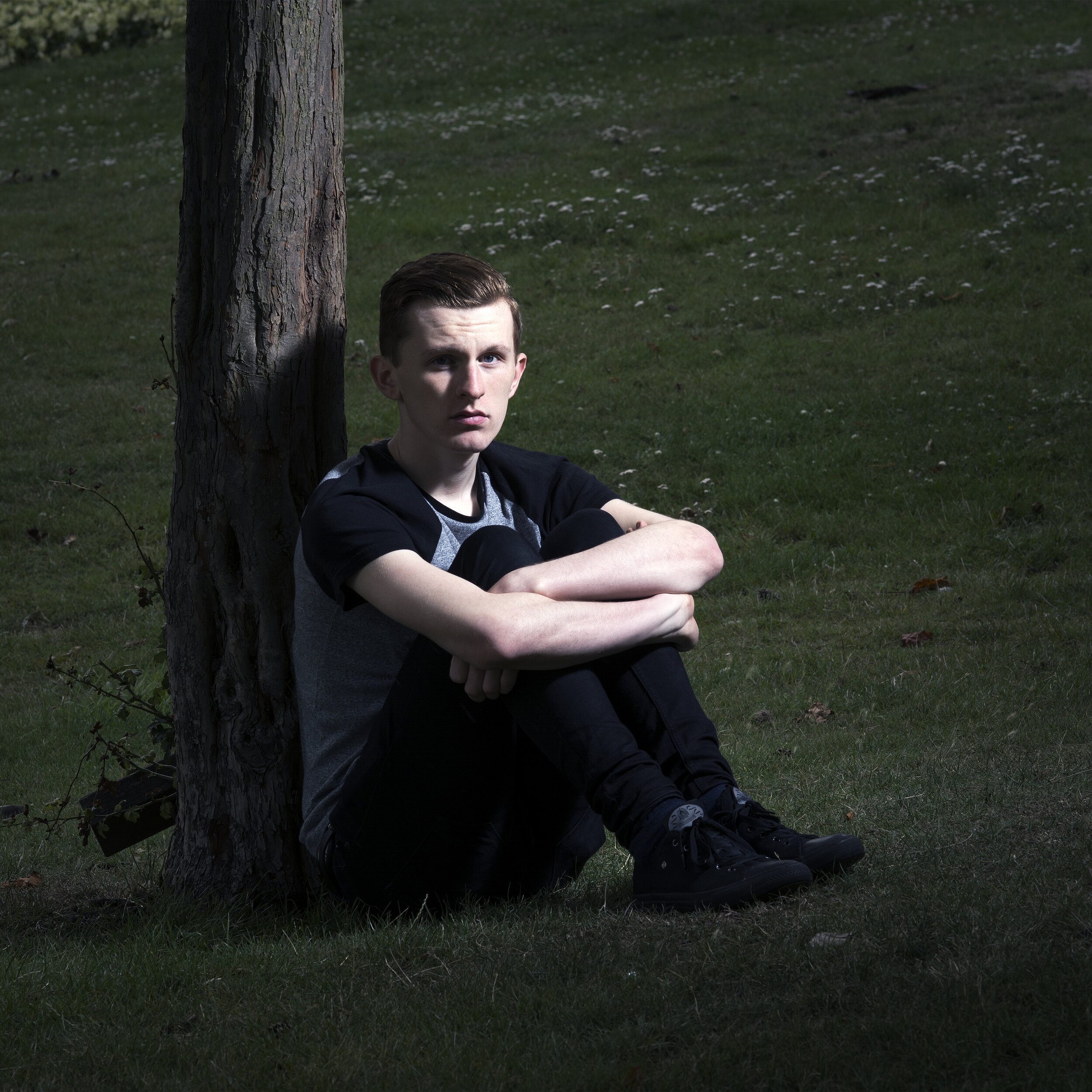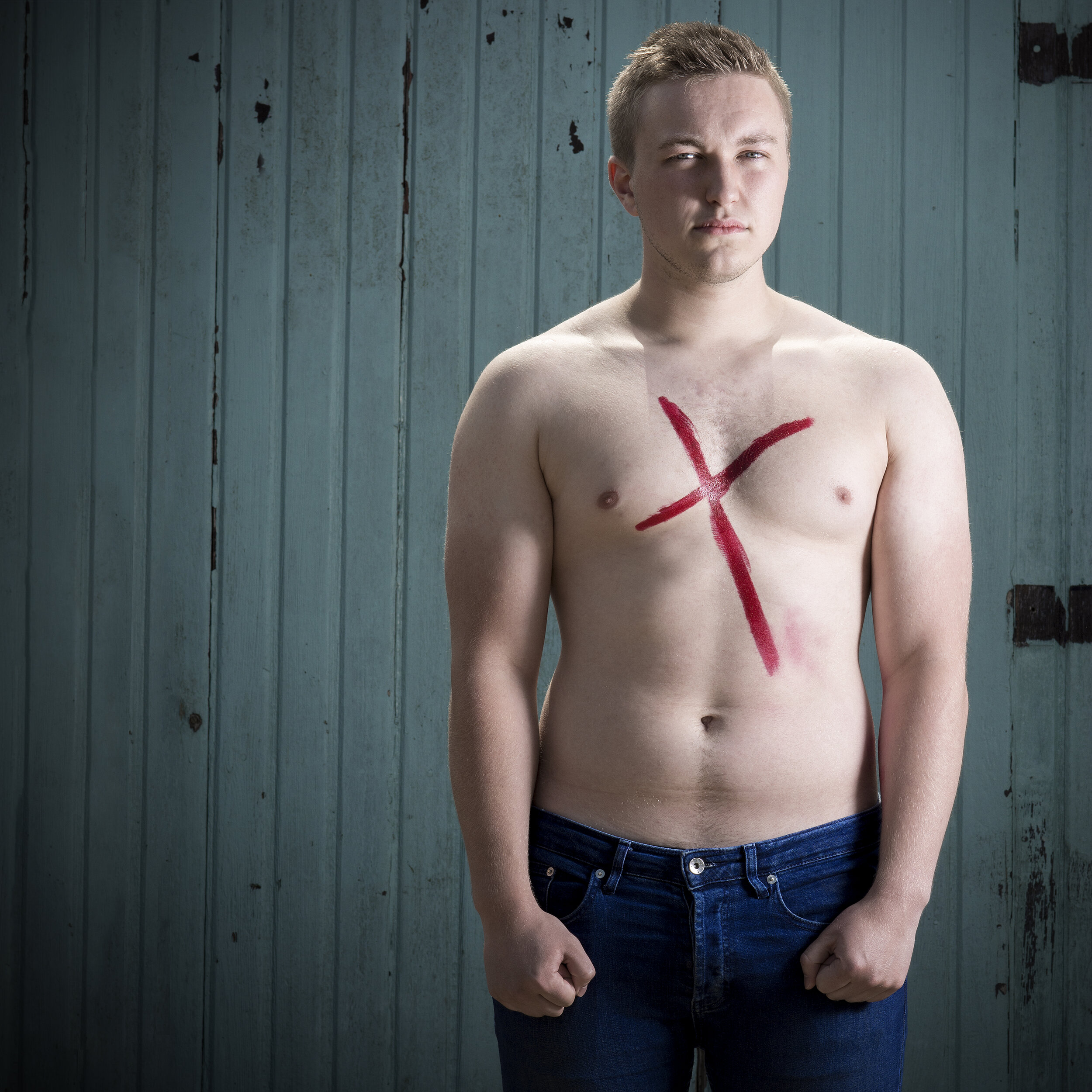WANDERING DISCONNECTED explores the themes of anxiety, depression, and suicide, through a series of compelling contemporary portraits, combining subtle and intriguing visual references with the requisition of pre-Raphaelite ideologies and tropes.
Read more on this project below the work.
Some images from the series:
// wandering disconnected
PERSONAL WORK from SUMMER 2016 - (ongoing)

Nikki Cornish

Paul Giles

Alan Appleford

Becky Walker

Sharne Fairchild

Thomas Mansfield
artist statement:
Like many others, I lived with anxiety and depression as a teenager, and as an adult, I’ve also felt the real-world consequences of depression and suicide in others. I’ve lost some good friends and brilliant people because of it.
This is a subject that touches everyone. I felt that it was something that I needed to explore photographically.
While the majority of the existing depictions of depression and suicide in current conceptual photography revolve around brooding monochrome images dripping in cliche, I decided I wanted to take things in a different visual direction.
A large part of the visual aesthetic of this imagery stems from the project's initial roots studying Pre-Raphaelite art. I began researching and developing the concept for this project in early 2016, and soon found an intriguing and unexpected connection with the artworks of John William Waterhouse and John Everett Millais. The over-romanticised and often mythological nature of the artworks strangely suited the exploration of such a dark and heavy subject. This visual juxtaposition of beautifully composed and heroically-lit scenes combined with an image exploring something like an anxiety attack was something that genuinely intrigued me. Photographic artists like Tom Hunter have also previously used the modern theme meets classical art combination to brilliant effect. Works like his 'Woman Reading a Possession Order' image from his series 'Persons Unknown' were exactly the kinds of imagery I wished to evoke in my own style.
Shooting for the series began in early May 2016 and is still in progress, with much of the imagery requiring meticulous planning and sketching beforehand. An aim of the series was to use 'normal' people as models rather than the now-cliché stereotypical 'model' of a twenty-something young woman. This want for the average was driven by the belief that an audience can react, relate, and respond with imagery better if the subject in the photograph looks like they could be your next-door neighbour. Suddenly an image gets unnervingly tangible if the bloke in the photo looks like your uncle, rather than a polished and preened model that modern audiences are now desensitised to.
The images created were led by several interviews with people living with mental health issues, and my own personal experiences of depression and mental ill-health. This inside knowledge of what it is like to live with anxiety, depression and thoughts of suicide informed the creation and direction of this imagery. Many of the images refer directly to the specific personal accounts of those interviewed and aims to portray a stylised experience of life under depression.
Much of the power of the imagery is revealed within the subtext of the works. All of the images aim to convey a sense of the day-to-day living with mental illness by including subtle semiotic references, rather than being unnecessarily overt.
This project was first exhibited at Revolution Bar as part of the Southend Art Trail in Summer 2017.
this project is still ongoing.